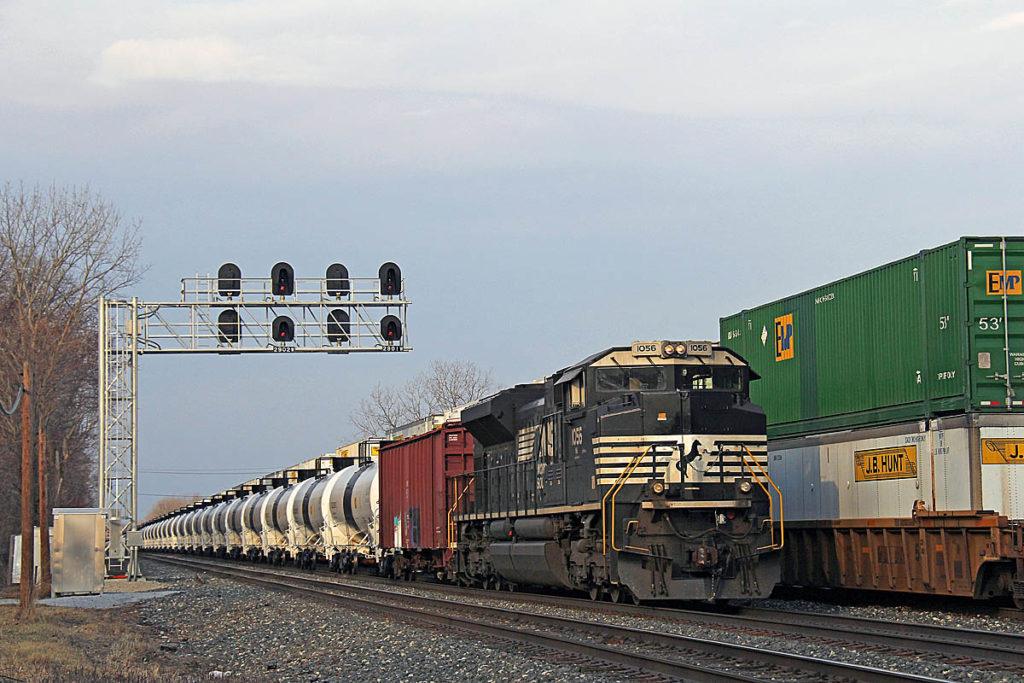
A Norfolk Southern SD70ACe pushes on an empty crude oil train in Toledo, Ohio, in March 2013. Michael D. Harding Q Watching passing freight trains, I’ve seen a locomotive located in the middle or at the end of the train. Are these pusher locomotives being run by remote control by the engineer in the lead […]
Read More…
Download this free 21-page PDF download to read the stories of a field engineer, a young brakeman, and a locomotive fireman. Their stories uncover the adventures of riding and working on the Alco RS3, the C&NW freight, and the Union Pacific 4-8-4. […]
Read More…
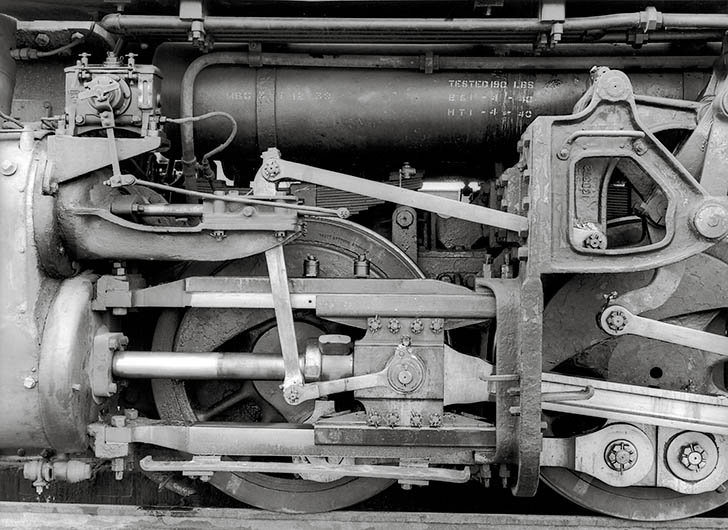
A conventional two-cylinder locomotive like this one exhausts four times per wheel revolution. This is thanks to the position of the valves. Library of Congress Q At low speed, the four “chuffs” a steam engine makes per wheel rotation all sound the same to me, but at higher speed I think I hear a four-beat […]
Read More…
Financial hardships, highway competition, and inadequate maintenance and investment led to the abandonment of a wide array of railroads. Take a look at our free 45-page PDF download to uncover the history behind the following railroads: The formation of the Wisconsin & Calumet Railroad and the different rail lines it operated, restored, and acquired. How the Vicksburg Route changed […]
Read More…
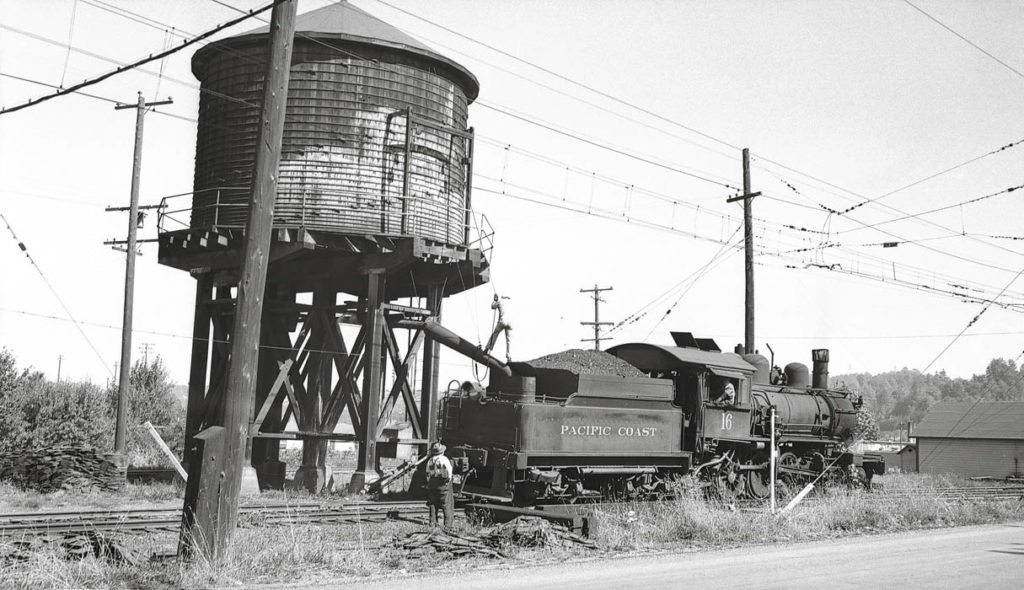
A water tank on the Pacific Coast Railroad in Washington displays discoloration brought by impurities in the local water. Al Farrow photo, Martin E. Hansen collection Q Did steam locomotive operators test the water prior to filling the tender? Was water treated then or prior to filling the tank? Without treatment would there have been […]
Read More…
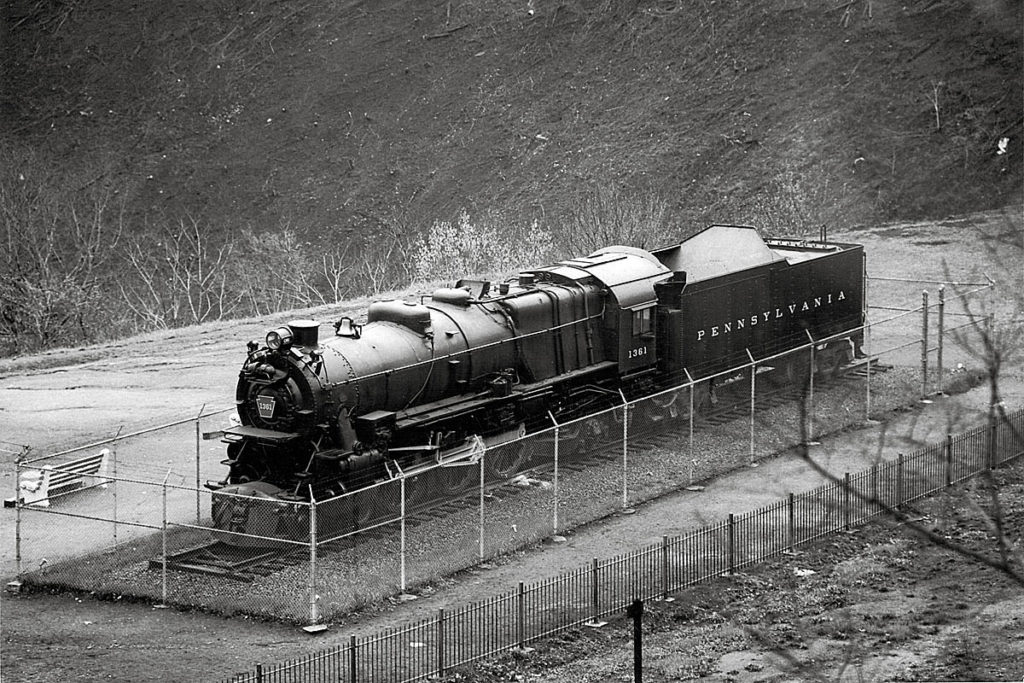
Pennsylvania Railroad donated K4s No. 1361 to the city of Altoona, Pa., on June 8, 1957, shortly before this photo was taken. J.J. Young Jr. Q Why was Pennsylvania K4s No. 1361 returned to Altoona, Pa., for display instead of being restored to service? – Joseph Reihing, Elizabeth, N.J. A Although the 4-6-2 is in […]
Read More…
Download this free in-depth 61-page PDF download to get a better understanding of what it takes to survive as a railroad. The following railroads did things that others could not to survive. Find out what sets them apart from the others. The Paducah & Louisville Railway and how its initial goal of solidifying relationships with existing […]
Read More…
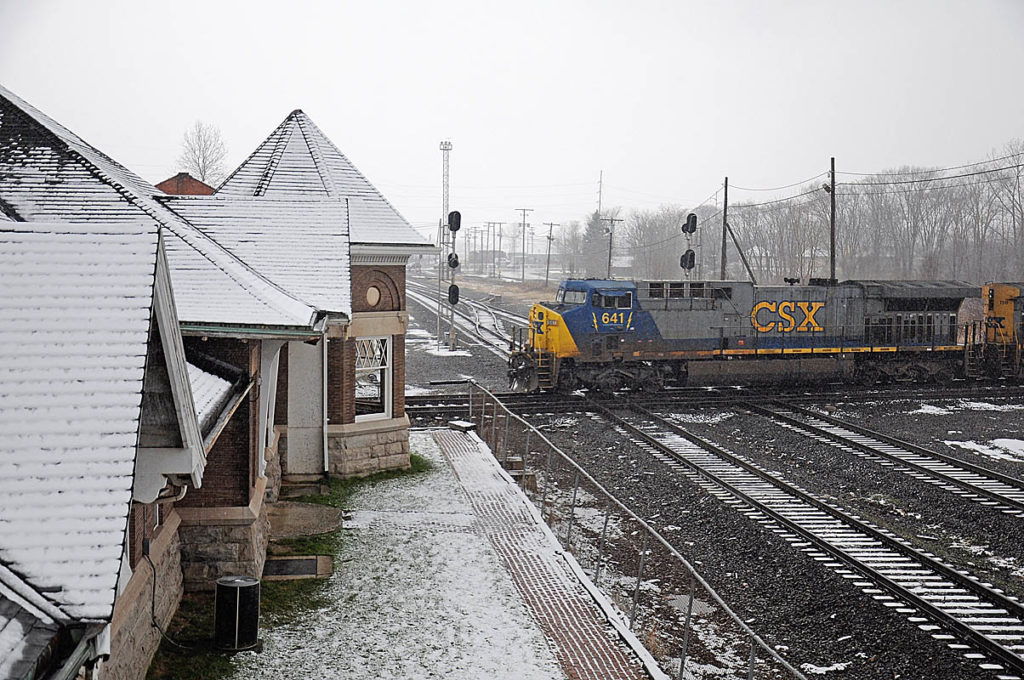
A CSX Transportation freight passes Marion (Ohio) Union Station. The site is now a museum with a restored interlocking tower. Brian Schmidt Q Why is the word “Union” used so often in the names of passenger stations and terminals? For example, Cincinnati Union Terminal, St. Louis Union Station, or Denver Union Station. Is there a […]
Read More…
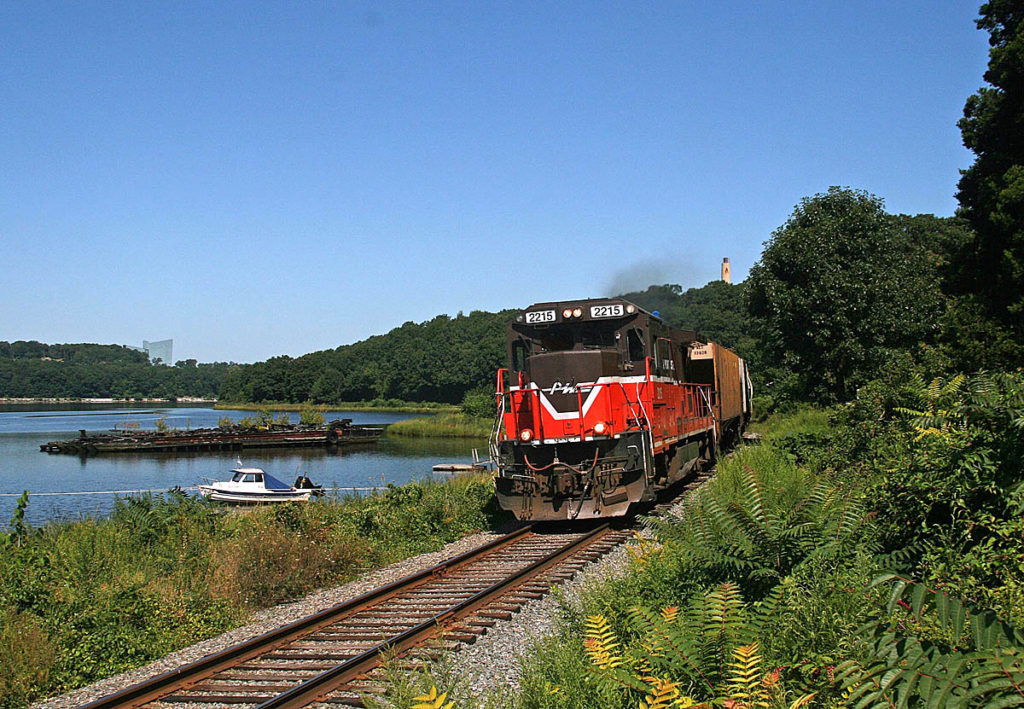
The Providence & Worcester operates in four Northeastern states. Here, train NR3 passes the Thames River in Preston, Conn., on Sept. 1, 2009. Robert A. LaMay Q I was watching a professional golf tournament being played in Cromwell, Conn., just south of Hartford. Who owns the rail line that passes between the 13th hole and […]
Read More…
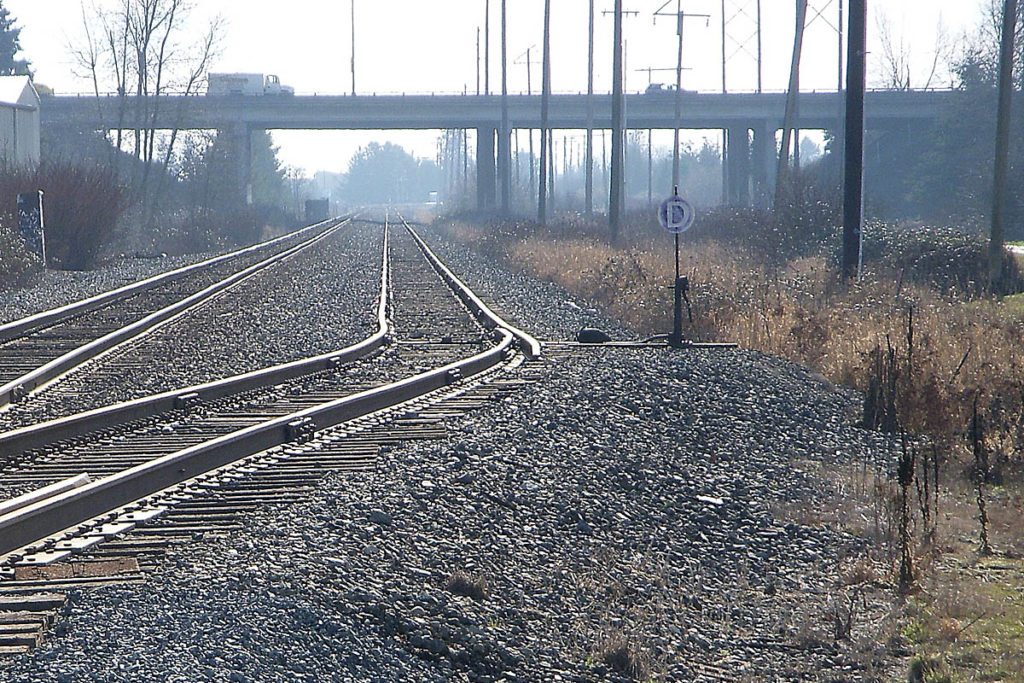
A split-rail derail along the trail in Auburn, Wash., helps keep errant railcars from fouling the main track. Dale Smith A wedge-style derail, that lifts wheels over the rail, protects the Norfolk Southern yard facility at Rossville, Tenn. Ralcon Wagner Q I recently observed the most unusual track switch along the Interurban Trail near Main […]
Read More…
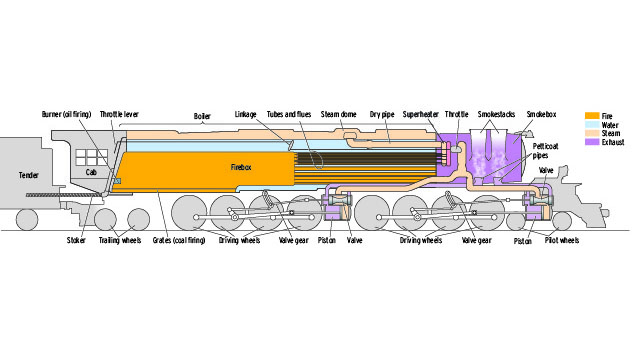
Where does the fire burn? Where does the water boil? Where does it travel? What are all those pipes about? Our simplified drawing of how a Big Boy works shows how this king of the rails made and used steam to pull long freight trains up to 70 mph in Wyoming and Utah from 1941 […]
Read More…
Trains Magazine · Conversations with Brian Solomon, Episode 39 Railroad author and photographer Brian Solomon produces this exclusive biweekly podcast for Trains Magazine. You can catch his column monthly in the magazine or his daily railroad photography blog at briansolomon.com/trackingthelight. Conversations with Brian Solomon, Episode 38 We’re back on the railfan track this week with […]
Read More…








